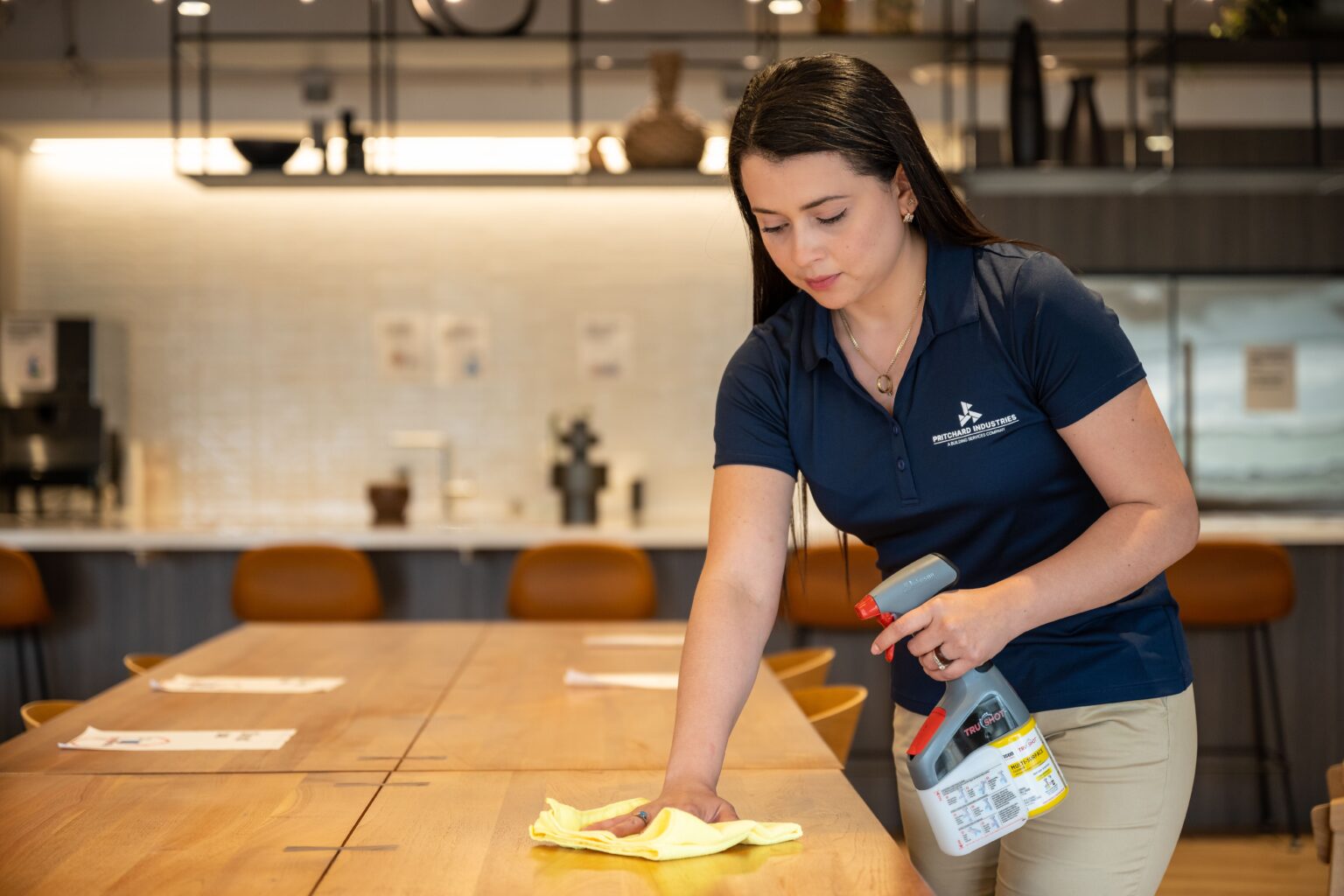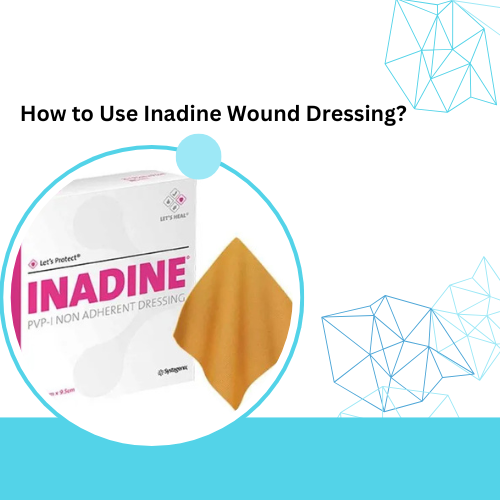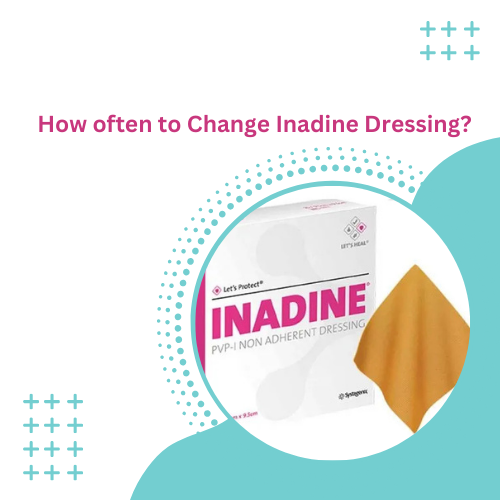In our daily lives, we interact with various surfaces that can harbor germs and bacteria. High-touch surfaces—such as doorknobs, light switches, countertops, and remote controls—are particularly prone to contamination. Regular cleaning and disinfecting of these areas is essential for maintaining a healthy environment, especially in homes, workplaces, and public spaces. Here’s a comprehensive guide on how to effectively clean and disinfect high-touch surfaces.
Why Cleaning and Disinfecting Matters
Cleaning removes dirt, dust, and debris from surfaces, while disinfecting kills germs and viruses. This two-step process is crucial for preventing the spread of illnesses, particularly during flu season or outbreaks of contagious diseases.
High-Touch Surfaces to Focus On
Before diving into cleaning methods, it’s important to identify the high-touch surfaces in your environment. Common examples include:
– Doorknobs and handles
– Light switches
– Handrails
– Countertops
– Desks and tables
– Bathroom fixtures (faucets, toilet handles)
– Keyboards and phones
– Remote controls
– Elevator buttons
To effectively clean and disinfect, gather the following supplies:
– Soap and Water: For general cleaning.
– Disinfectant Wipes or Spray: Ensure it’s effective against viruses and bacteria (check the label for EPA registration).
– Microfiber Cloths: These trap dirt and germs more effectively than traditional cloths.
– Rubber Gloves: Protect your hands from chemicals and contaminants.
Step-by-Step Cleaning and Disinfecting
1. Gather Supplies: Collect all necessary cleaning supplies before starting to avoid interruptions.
2. Initial Cleaning:
– Use soap and water or a general cleaner to wipe down surfaces. This step removes dirt and debris, making disinfecting more effective.
3. Disinfecting:
– Apply a disinfectant spray or use disinfectant wipes. Make sure the surface remains wet for the duration specified on the product label (usually around 5-10 minutes).
– For porous surfaces like fabric, consider using a steam cleaner or specialized disinfectant spray that is safe for fabrics.
4. Rinse (if necessary): Some disinfectants may require rinsing after use, particularly on food-contact surfaces.
5. Drying: Allow surfaces to air dry or use a clean, dry microfiber cloth to wipe away excess moisture.
6. Regular Maintenance: Set a schedule for cleaning high-touch surfaces. Daily or weekly cleaning can help maintain a germ-free environment.
Tips for Effective Cleaning and Disinfecting
– Follow Manufacturer Instructions: Always read the labels on cleaning and disinfecting products to ensure proper use.
– Rotate Cleaning Cloths: Use different cloths for different areas (kitchen, bathroom, etc.) to avoid cross-contamination.
– Use the Right Tools: Consider investing in tools like a steam cleaner for deep disinfecting or UV-C sanitizers for electronics.
– Consider Eco-Friendly Options: Many brands offer eco-friendly disinfectants that are effective and less harsh on the environment.
– Educate Others: If you share your space, remind family members or coworkers about the importance of keeping surfaces clean.
Conclusion
Regularly cleaning and disinfecting high-touch surfaces is a simple yet effective way to reduce the risk of illness in your home or workplace. By following these tips and incorporating a consistent cleaning routine, you can create a safer environment for everyone. Remember, prevention is always better than cure, and a little effort can go a long way in maintaining health and hygiene.




